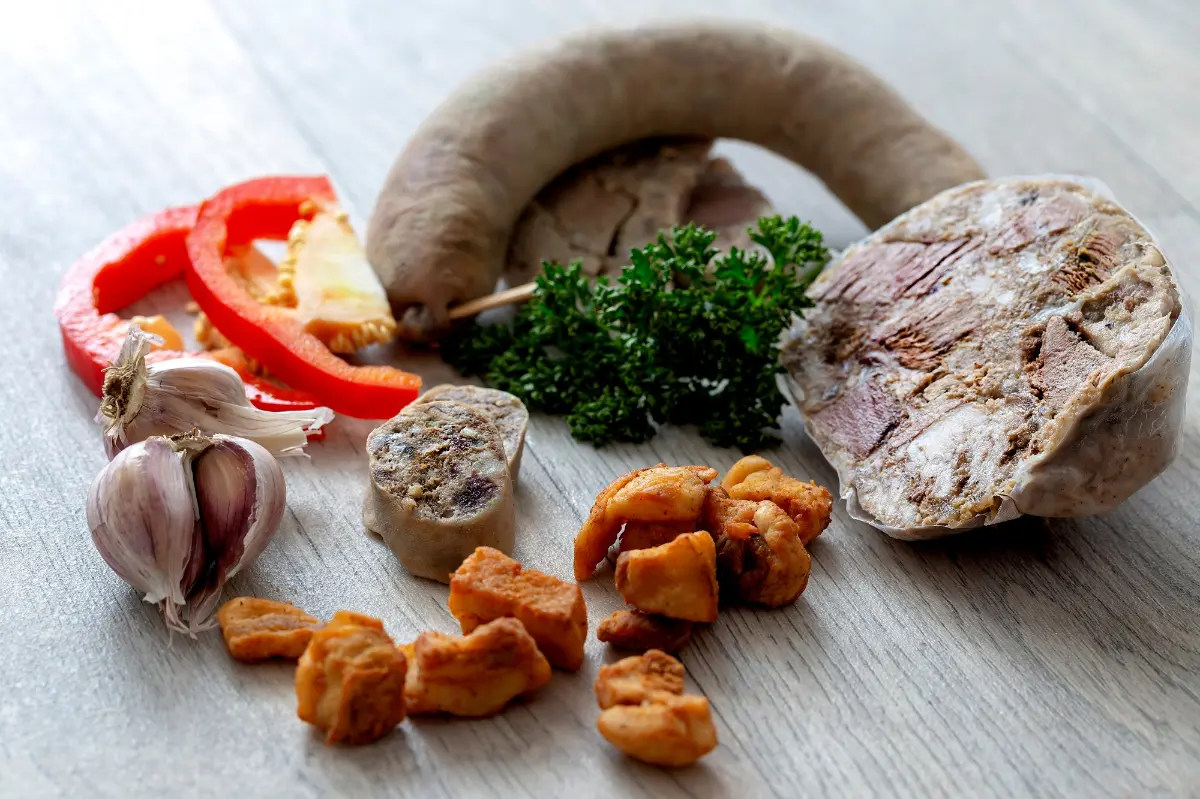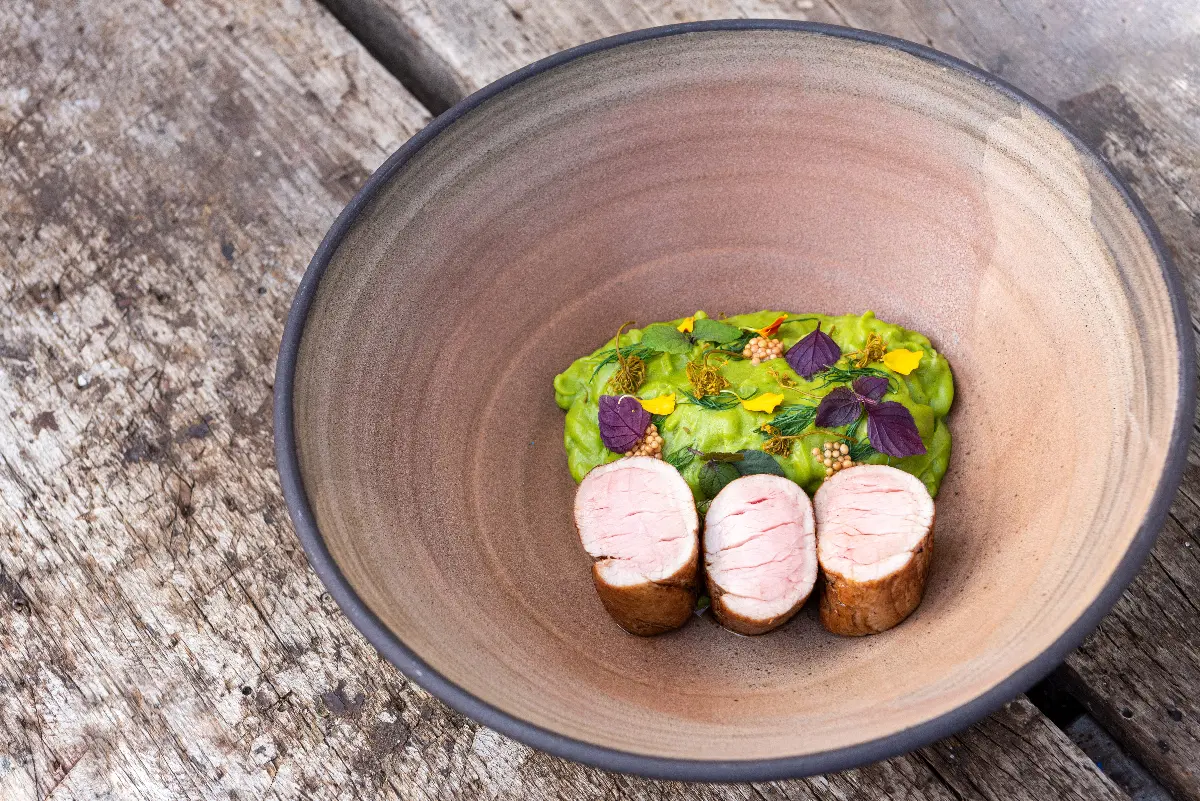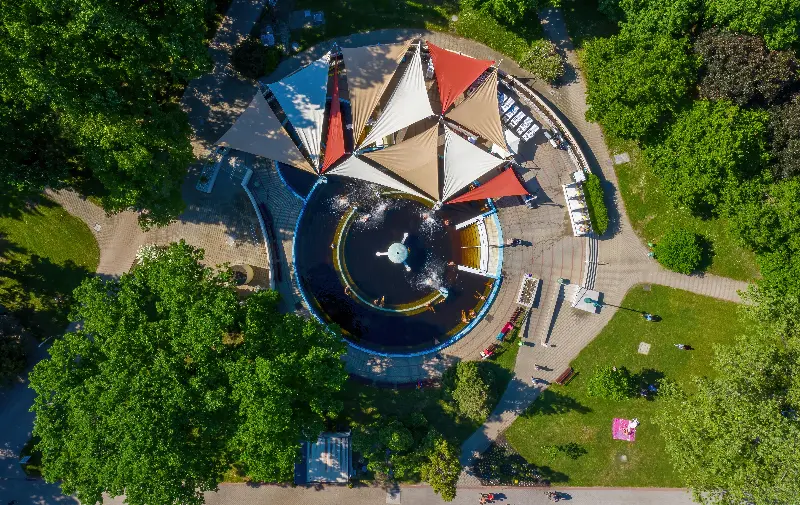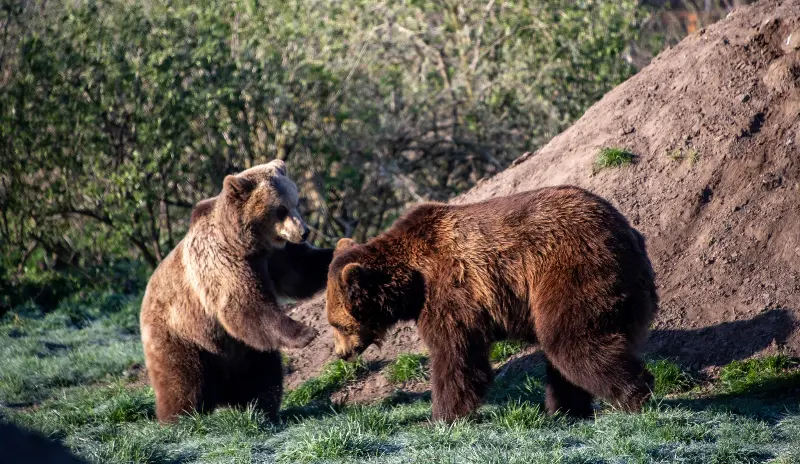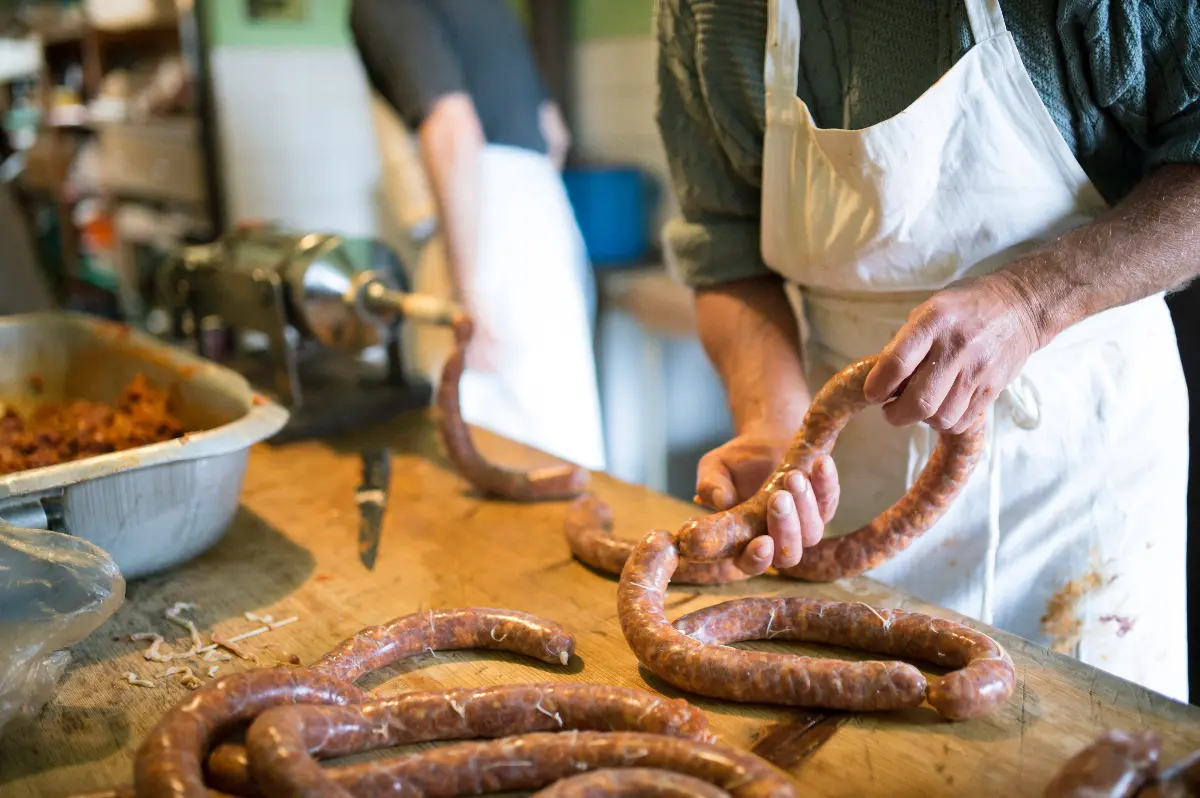
Helyszín címkék:
The mysteries of pig slaughtering
Uzonyi Nóra
The history of pig slaughtering
According to our current knowledge, even our conquering ancestors regularly slaughtered pigs, although instead of today’s domestic pig, they had to cope with a calf-sized giant, the now extinct pig of Salonta. And the term “coping with” is no exaggeration, since pig slaughtering usually meant (and still can mean) a full day of physical labour, with the help not only of family members but also of friends and acquaintances.
It is true that pig slaughtering is not exactly a heartwarming process, especially from a 21st-century animal rights perspective, but its necessity in the past is undeniable, as most households didn’t have fridges and freezers even a few decades ago. On the other hand, meat was in demand, and there was a need to find a way to deal with the edible parts of a large animal – even several hundred kilos. The solution to this problem was the slaughtering of pigs and the immediate processing of perishable meat.
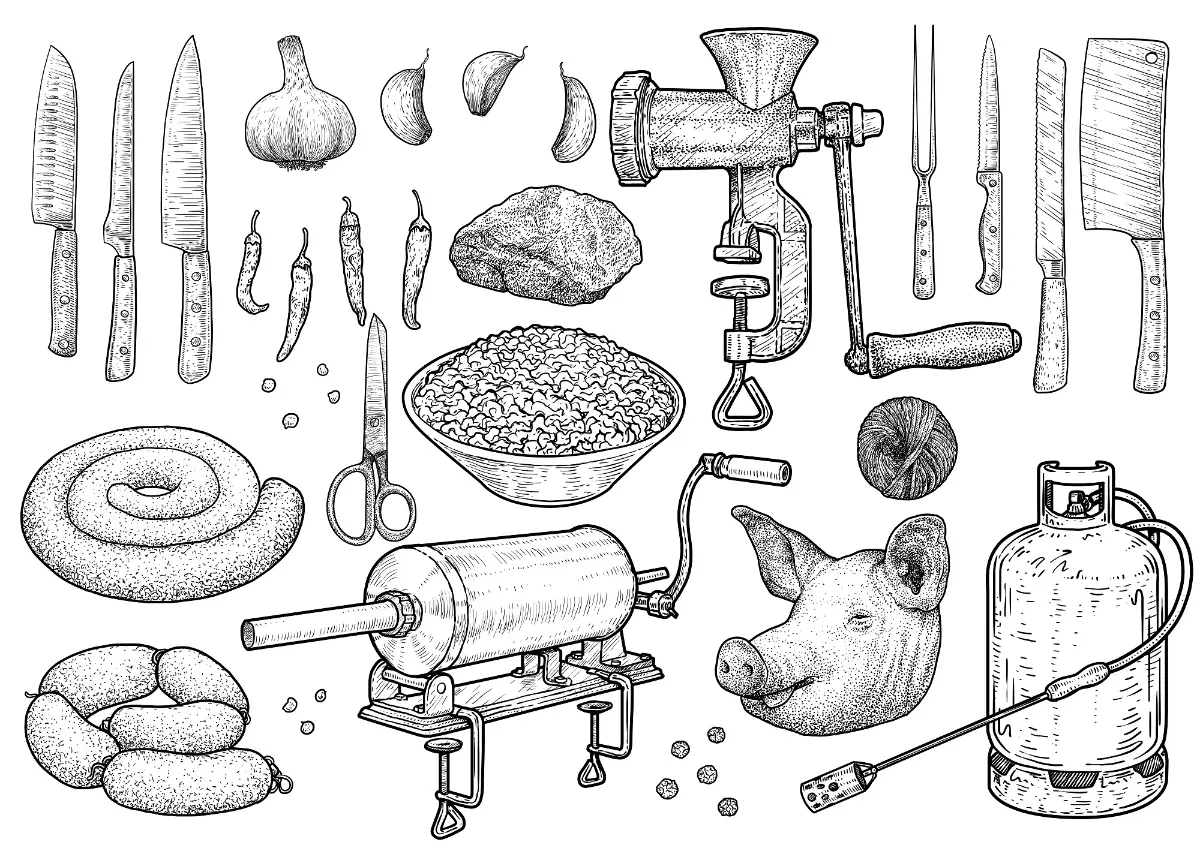
Pig slaughtering, apart from a few special occasions, is essentially a winter tradition: not only because the air temperature is best suited to preserving the quality of the meat, but also because it is probably a good time to be around the fire in the cold winter.
The procedure of pig slaughtering
The pig slaughter is not compulsory – so the proverb goes, meaning that you are not forced to help hard at an event where you can dine well at the end. Only for the pig – sounds the usual reply. Well, we won’t sugarcoat it, sooner or later the fattened up pigs have their final hour: traditionally at dawn, after having drunk a couple of pints of brandy. It is important to note that the relevant EU rules require painless death of the pig by stun gun.
The pig’s hair is then removed, which is either boiled off or, even more importantly, scorched off the skin. The fourth task is the cutting up of the pig, typically into its shoulder or loin (depending on the butcher’s preference), which leads to the final chord, i.e. the processing of fresh meat and offal. Since not so long ago, we weren’t surrounded by supermarkets and there was no endless supply of food, it was crucial that all edible parts of the animal were used. The head was cooked and later put into the sausage, except of course for the jowl, which became bacon after adding some salt and garlic.
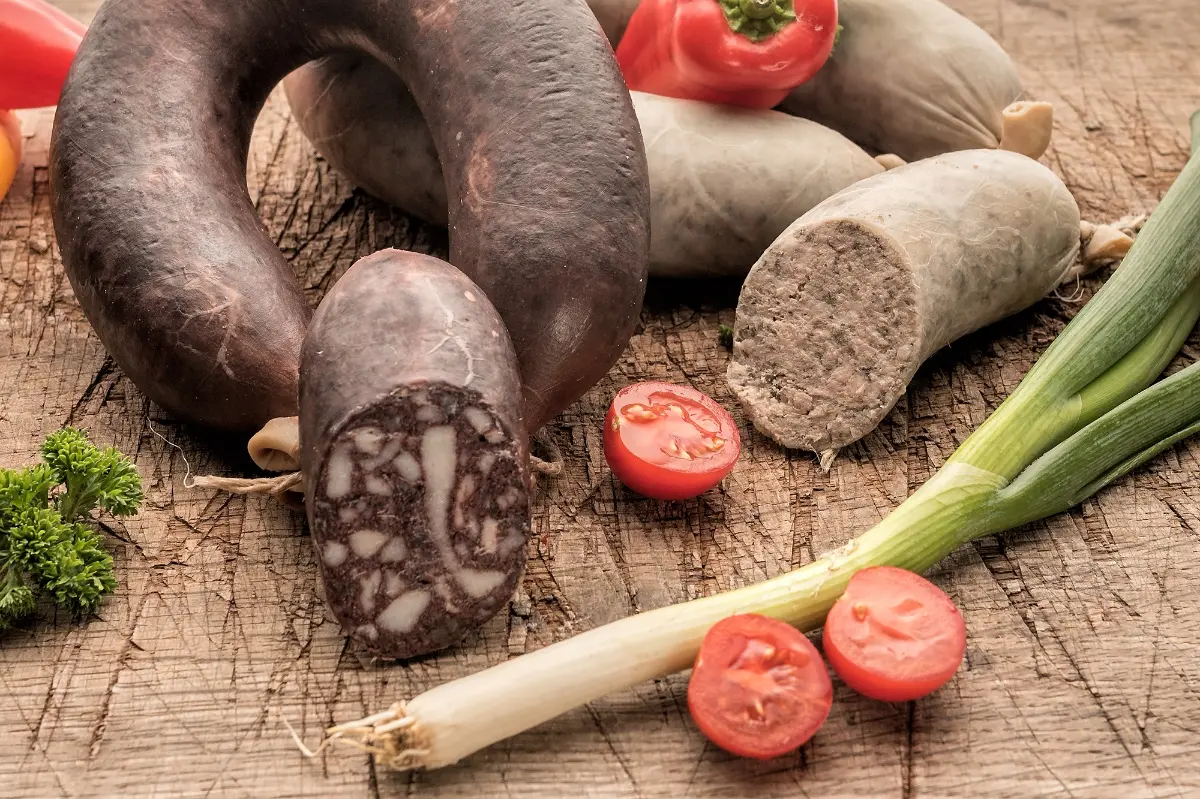
The fat was used to make cakes and pastries: the baking of fat scones was usually entrusted to an unmarried girl. It was believed that if the cake rose nicely, the girl would soon get married.
Some of the lean meat was preserved by salting and smoking (interestingly, the ham, for example, lasted until Easter!), while some was used to make a variety of liver sausages and classic sausages with different spices, stuffed into freshly cleaned intestine. And the “leftovers”, which were a frightening sight by themselves, have usually fulfilled their gastronomic mission as pork cheese.
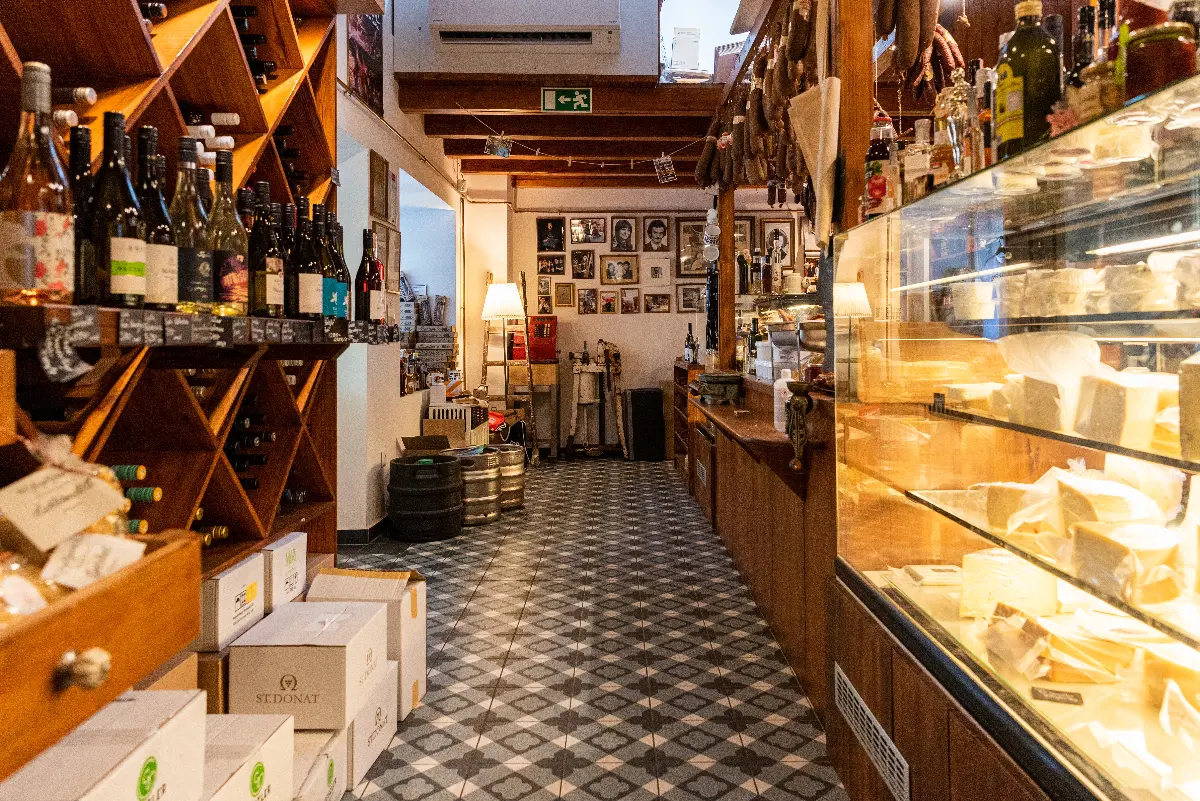
Slaughtering pigs the 21st century way
For the complex keywords pig slaughtering/team building, the search engine returns a good number of matches, so there seems to be a justification for this kind of production. From castle mansions to farmhouses, many restaurants still hold pig slaughtering events: the more adventurous can go “behind the scenes”, while those who are more attracted by the flavours can stay at the table and enjoy a pálinka, sausage and mustard tasting programme. For example, Mi a kő? in Köveskál also organises a so-called village-style pig slaughtering without a team, subject to prior registration. However, if you are not in the mood for an on-site visit, we recommend you to try the Pörc – Bistro and Deli in Balatonkenese – not only in winter!

